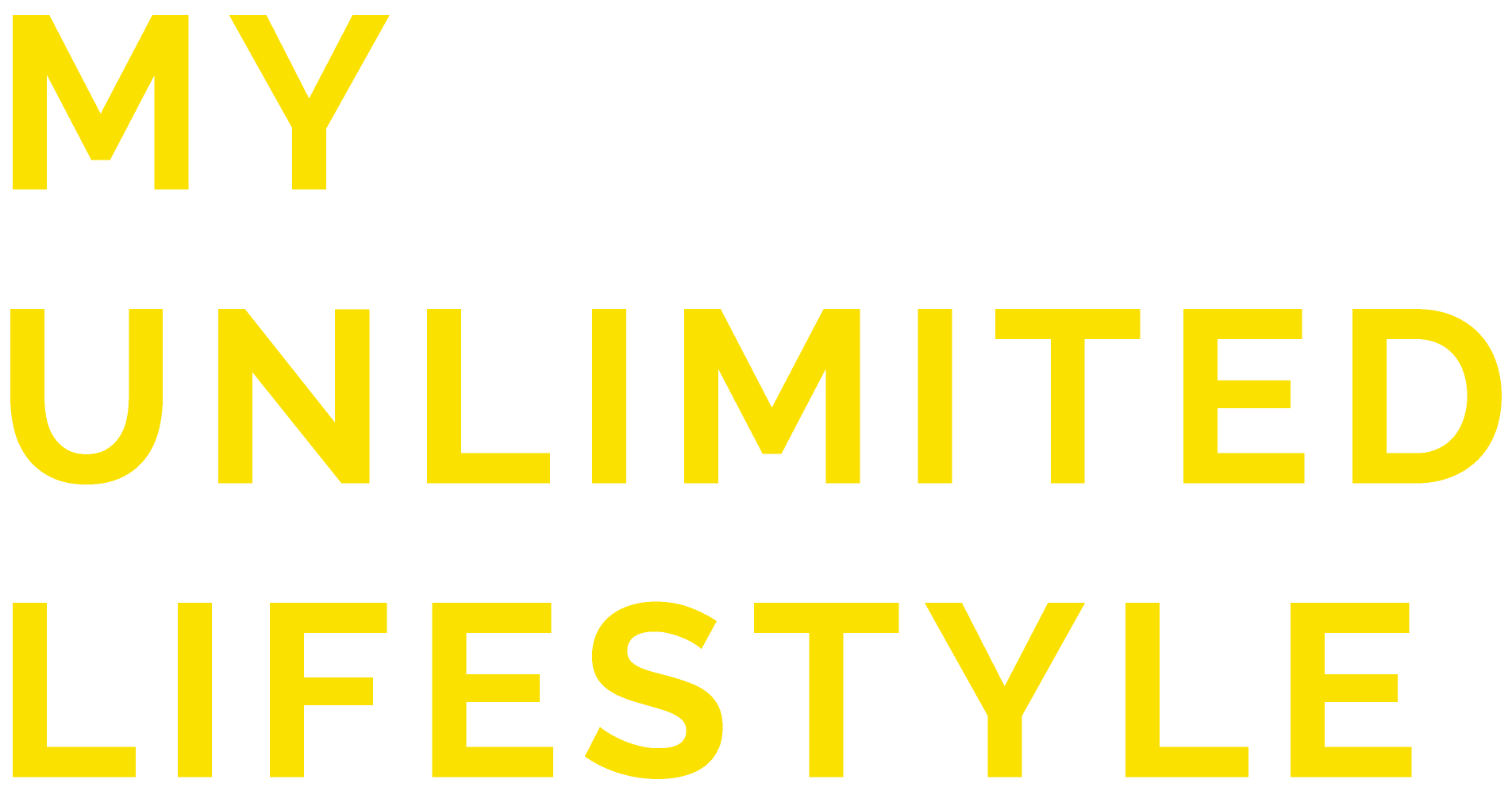You don’t have to be a secretary who has a terribly annoying boss or a lawyer overwhelmed by pending cases; all of us experience stress. Stress us sometimes a motivator, but it also can be a terrible burden. How to relieve stress is also what we try to do every day. In the end, stress always affects our psyches, our behavior towards others, and our sleep. To avoid some of the negative effects that stress has on your behavior, all you have to do is stop for a moment, accept the fact that you are strained, and try some simple breathing exercises.
The best part about the exercises we are going to discuss is that it doesn’t matter if a colleague or your partner is directly next to you, or even if you are standing in line at a supermarket surrounded by strangers. No one will be able to tell that you are doing the exercises, and you will feel really relieved. We tried it ourselves on a hormonal yoga therapy course focused on anti-stress techniques. We also gathered information from several other sources for those who want to get rid of stress at home.
After experiencing a stress load, it is important to concentrate for a minute on our heartbeat, breathe, lean forward and rest our hands on our knees; this is the way yogis exhale their stress after doing some yoga. This method is simple, but we need to learn to breathe correctly and more effectively in order to relieve our stress more effectively.
6–3–6–3, office exercises
One of the possibilities that invisibly calms the neuro-vegetative system and is suitable in restlessness, tension, stress, and childbirth is the 6–3–6–3 technique. This technique consists of the following procedure: inhale while you mentally count to six, hold your breath while you count to three, exhale counting again to six, and then don’t breathe again until you have counted to three again. This is a breathing exercise that you can do anywhere, anytime. Breathe calmly, slowly, and as it is natural for you. Practice the exercises as long as you enjoy them. Be sure not to plan your exercises for a certain amount of time; since you would just increase stress by having to look at your watch from time to time.
My own experience:
With this first exercise, you really don’t need to perfectly time the length of your inhalations and exhalations at all. What is actually necessary is to concentrate on how refreshed and repaired you feel, which will take you away from everyday life’s worries.
Alternating breathing for stress relieve
Nadi Sodhana, or alternating breathing, consists of breathing through one nostril and then through the other. Sit in a straight, upright seat and place your left hand on your left knee. Your right-hand fingers will be your tool to control your nostrils. Bend the index and middle fingers of your right hand until they both touch the base of your thumb. Keep the thumb, ring and pinky fingers stretched out. Now, place your thumb and ring finger over your nose (right on the nook that is above each of your nostrils). Close the right nostril with the thumb of your right hand and then deeply inhale and exhale through your left nostril. Switch from closing that nostril to closing the left one with your ring finger and then breathe again. Repeat for as long as you like and as often as you need. Breathing is a good way for stress relieving.
My own experience:
During this exercise, I felt quite shaken, and I had a feeling of suffocation, the breaths are quite deep, and for someone who breathes mainly through the mouth, it can become a demanding exercise. But, after about two minutes, once I began to fully concentrate, the feeling of suffocation and unrest disappeared, so don’t be discouraged.
Sing (even if you can’t) to relieve stress
This soothing anti-stress technique is probably not the most suitable for the office, since you have to actually make some noise. Still, singing SO HUM, which could be translated from Sanskrit as “I am”, is an excellent exercise for your evenings at home after work. Inhale as you slowly say: “Soooooooo” and exhale as you say “Hummmm”. Because the sound ‘m’ resonates in the head, it stimulates the paranasal sinuses and the eye nerves.
To do this properly, you should sit on your heels with a straight back (or on a Turkish seat). You will then create a jnana mudra on both hands; which means placing your index finger tips so that they are touching the base of the thumb, while the other fingers are kept together and outstretched. The palms should point upwards, and the arms shall be outstretched and resting on the thighs. Raise one arm to about 45 ° and sing “Soooo” without moving. After that, switch your raised arm to the other and sing a prolonged “Hummmmm.” You have to perform the singing and movements synchronously; which means that they should start and end at the same time. At the end of the exercise, let the upper arm drop. Perceive how the energy passes through your arms. Don’t be afraid to sing loudly until you feel a resonant sound in your ears and your whole head. Repeat the exercise as many times as you feel like doing so.
My own experience:
This exercise vibrates your head, and the “m” sound will resonate in your ears long after the session. This activity can be very demanding because of the required coordination of the posture, the position of the fingers, keeping the back straight and singing. Still, the more often you sing, the faster you will master this practice.
Three waves of relaxation – yoga Nidra
This exercise is another excellent option to practice at home after work. Start by lying on your back, with your legs stretched slightly apart. Find a comfortable position and then exhale. Your body should remain motionless, while you concentrate in your existence and in that precise moment. Transfer your attention to the left hip. While you exhale, imagine a relaxing wave that flows through the thigh, to the calf, then to the foot and all the way to your toes. Continue doing the exact same thing with your right leg. This is the first of the three waves of Yoga Nidra. To start the second wave, transfer your attention to the left shoulder. Feel another relaxing wave while you exhale as it flows through your arm, the elbow and all the way to the fingertips. Continue by relaxing the stress of your right arm and hand. Finally, for the third and final wave, turn your attention to the top of your head. Feel a relaxing wave that goes from the neck through the shoulders, chest, hips and finally to the tips of your toes and fingers with a deep exhalation. Your whole body should now be relaxed and it might even feel as if it weren’t yours. Rest. Your breath should be calm and regular. Repeat each release phase twice.
My own experience:
The three waves of relaxation is an ideal exercise before going to bed. It calms the body and washes away all the stress accumulated during the day from the mind. I normally find myself falling asleep as soon as 10 minutes after making this exercise.
Combine these exercises for a 10-minute stress relieving set
Practice makes perfect, so if you sometimes (or constantly) only have ten minutes to spare during the evening, try to practice the following set of exercises. It alternates between breathing techniques, movements and singing. The only requirement is that you commit to it fully for the 10 minutes it lasts. Your focus should be on the HERE and NOW, and any other preoccupations should not interfere with your practice. After doing this, you will feel more relaxed and you will be able to complete your tasks faster.
To start the set, stand still and breathe. Once you feel comfortable and your mind is focused, start swinging from your toes to your heels while breathing regularly and naturally. After a while, lie down on the ground, bend your knees and grab them with your hands; then sway back and forth like a cradle. Follow this motion by a couple of minutes of alternating breathing and the SO HUM singing technique (as described above). End the set with a relaxing practice of three-wave yoga Nidra.
The more often you exercise, the faster you will be able to relieve stress. We can’t guarantee how long it will take you to learn these techniques. Everyone is different, so some people might perfect these exercises more quickly than others; but the most important thing is to keep trying and find what works for you. According to most mindfulness teachers, when you master and experience these activities, their benefits will come to you more easily and much faster.
Some people who practice these exercises every day see their benefits after only 3 minutes. The best thing about this practice is the fact that you only need your intention and a few minutes every day to get started. If after several days you still feel that you need help improving, visit a yoga studio near you and the instructors will be happy to help you improve. We hope this article helps you relieve stress and that you really give it your best shot, because we are convinced that by doing these exercises your stress levels will be dramatically reduced.






